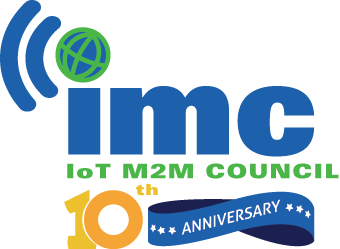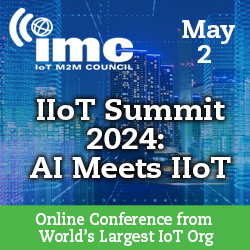oneM2M reveals details of Release 4
- January 16, 2020
- imc
International IoT standards body oneM2M has published details of its upcoming Release 4 standard. The new release is intended to enable global standards-based implementations of new and enhanced vertical IoT developments, such as the smart home, smart cities and Industry 4.0.
Formed in 2012, oneM2M brings together eight of the world’s leading standards bodies: ARIB (Japan), ATIS (U.S.), CCSA (China), ETSI (Europe), TIA (U.S.), TSDSI (India), TTA (Korea), and TTC (Japan), together with industry fora or consortia as well as over 200 member organisations. oneM2M specifications provide a framework to support applications and services such as the smart grid, connected car, home automation, public safety, and health.
Building on Release 3, oneM2M’s latest set of specifications will provide ontologies for smart city services, Public Warning Service Enablement, Vehicular Domain Enablement, Industrial Domain Enablement such as OPC-UA model mapping and Railway Domain Enablement, as well as interworking via industry standards such as Modbus.
Set to be published in Q4 of 2020, Release 4 will provide feature enhancement for security, semantics and 3GPP Interworking, as well as system optimisation of oneM2M’s systems. Service provisioning and pooling of Fog/Edge Computing services will also be addressed within Release 4.
Release 4 will also further develop oneM2M’s Smart Device Template (SDT) which provides a simple, modular and agnostic framework to enable service providers to seamlessly manage applications and devices in the home as well as cross domain (e.g. industry, smart cities). As a result of its abstraction layer approach, the SDT allows applications in the cloud and on a domain specific network to be isolated from local network protocols and device drivers, enabling applications to communicate easily with smart devices.
This comes following the publication of its Release 3 specifications in September 2018, which enhanced 3GPP interworking for cellular IoT services, opening up new capabilities for operators to unlock value in industrial and smart home applications.
“The IoT has grown tremendously and now spans a broad range of vertical markets,” said Roland Hechwartner, Technical Plenary Chair at oneM2M. “Consequently, standards need to evolve with this expansion to avoid fragmentation between different industries. Release 4 will build on our previous releases and tailor our standard for specific verticals, such as smart cities, smart home devices and Industrial applications. This will enable the industry to support and meet the demands, purposes and security requirements of vertical IoT implementations.”




